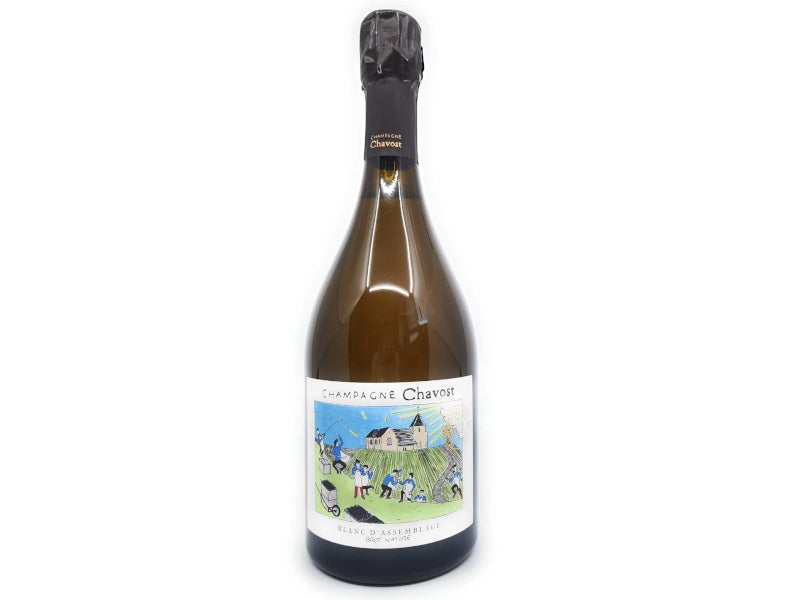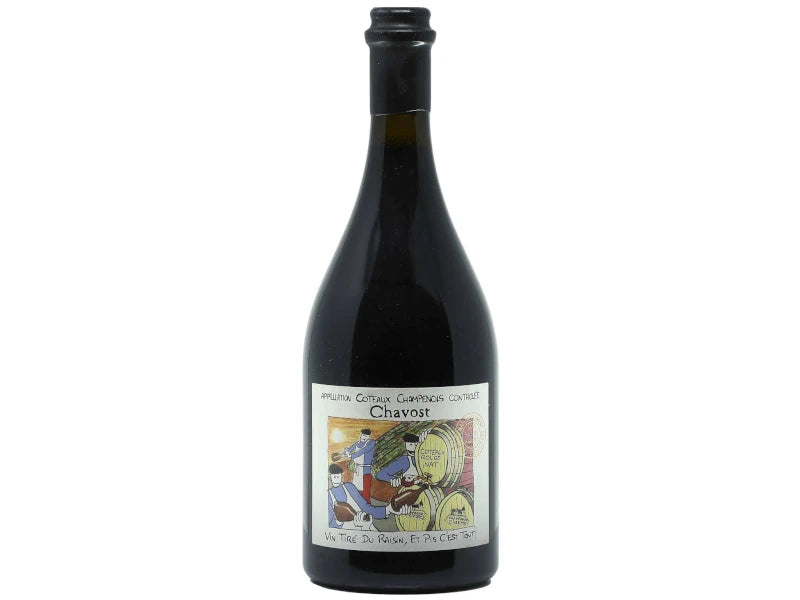
Photo: Clusters of Pinot Noir on ideal stage of ripeness.
Credit to photo: Shutterstock/Frolova_Elena
Text by: Gleb King
Pinot Noir is the most intelligent grape variety in the world. Its juice is of a modest pale-ruby color, but its ability to obtain, amplify and message information about terroir* is incomparable. Yet there are several varieties of this kind – nebbiolo in Piemonte, Xinomavro in Greece or Aglianico in Campagna, Pinot is the king of them all – all the mentioned above are usually compared to Pinot Noir. This is because its powerhouse, Burgundy, is a homeland of terroir itself. Also it’s the greatest display of it. On a small piece of land there may be two neighboring vineyards, bringing completely different wines to the world. For example – the tender and soft Volnay wines and rustic, powerful Pinots of Pommard. The distance between the villages is about 1.5 miles.
The Pinot’s tight clusters prevent air flow between the berries and its low-phenolic profile makes the wine hard to age.
With the comparably same winemaking techniques but different soil compositions and sun exposition, Pinot Noir is able to show itself in a completely different manner. This is why winemakers all across the world love and respect it. If a terroir is suitable for Pinot – you may be sure to find some exciting wines there. Though Pinot brings the most beautiful wines in the world – we have to pay for it – it’s very hard to cultivate and vinify. The Pinot’s tight clusters prevent air flow between the berries and that may lead to some bad grape diseases, and its thin-skinned, low-phenolic profile makes the wine hard to age and evolve. But we, the people, since the 11th century, when Pinot is believed to start its wine history, have learned to cope with all Pinot’s misbehaviors in the name of great wines.
______________________________________
*Terroir is a unique combination of geology, climate and culture in a certain location.
The name: why Pinot?
In most sommelier’s schools, the main opinion on Pinot name’s origin is the same – Pinot Noir’s clusters are believed to form a shape of a pine cone, “pinot” in French. Though there are some other theories – for example – its name is related to Pignol village name, but the pine cone story is the working one.

Pinot Noir clusters have been compared to pine cones. This is arguably the main theory of the variety’s name origin.
Aromas and flavors
The most popular aromatic quality of Pinot is forest floor. Yes, the best pinots from Burgundy and some other regions show an aroma of dry leaves and wet earth. But this is after some aging. Thanks to its thin skin, at a young age, Pinot Noir smells of red berries, cherries and red flowers. Some Pinot Noirs may exhibit subtle green or herbal aromas, such as mint, eucalyptus, or even a slight bell pepper note, particularly in cooler climates.
Regions and styles
Pinot is the king of Burgundy. There, in dozens of terroirs, it may appear as a light-bodied and fruity young wine from Bourgogne AOC, and as a complex, guess-the-aroma-styled, aged one from Grand Crus like Gevrey-Chambertin. Pinot is cultivated also in other France’s cool climates, for example, Champagne. There’s a special AOC for still pinot wines there, called Coteaux Champenois. Large Champagne houses like Tarlant produce some still Pinots there. Of course, there are also rose and white Champagnes made of Pinot. There are a lot of other terroirs for Pinot across the globe. New Zealand’s cool-climates of Marlborough is another sweet spot for great Pinot wines. In California Pinot grows well in cooler climates of Santa Barbara County – especially in Santa Rita Hills.
Food pairings
Pinot Noir is a versatile wine that pairs well with a variety of foods due to its light to medium body, bright acidity, and complex flavor profile. Here are some excellent food pairings.
Poultry: Pinot Noir complements roasted or grilled chicken, turkey, or duck. The wine's acidity helps cut through the richness of these meats.
Pork: Dishes featuring pork, such as roast pork loin or pork tenderloin, work beautifully with Pinot Noir. The fruity notes in the wine enhance the flavor of the meat.
Beef: While not typically paired with heavier red meats, lighter cuts like beef tenderloin or dishes like beef bourguignon can pair well with Pinot Noir.
Salmon and Other Fish: The wine pairs excellently with grilled or roasted salmon, as well as other fatty fish like trout. The acidity of the wine balances well with the richness of the fish.
Vegetarian Dishes: Pinot Noir complements a variety of vegetarian options, such as mushroom risotto, mushroom-based dishes, roasted vegetables, or a hearty vegetable stew.
Cheese: Soft cheeses like Brie, Camembert, or goat cheese pair nicely with Pinot Noir. Aged cheeses, such as Gruyère or Comté, can also be a good match.
Pasta Dishes: Pasta with tomato-based sauces, creamy sauces, or mushroom sauces can harmonize well with Pinot Noir, thanks to its acidity and flavor profile.
Asian Cuisine: Dishes such as duck or chicken in a soy-based sauce, sushi, or teriyaki can pair nicely with Pinot Noir's subtle fruit and earthiness.
























